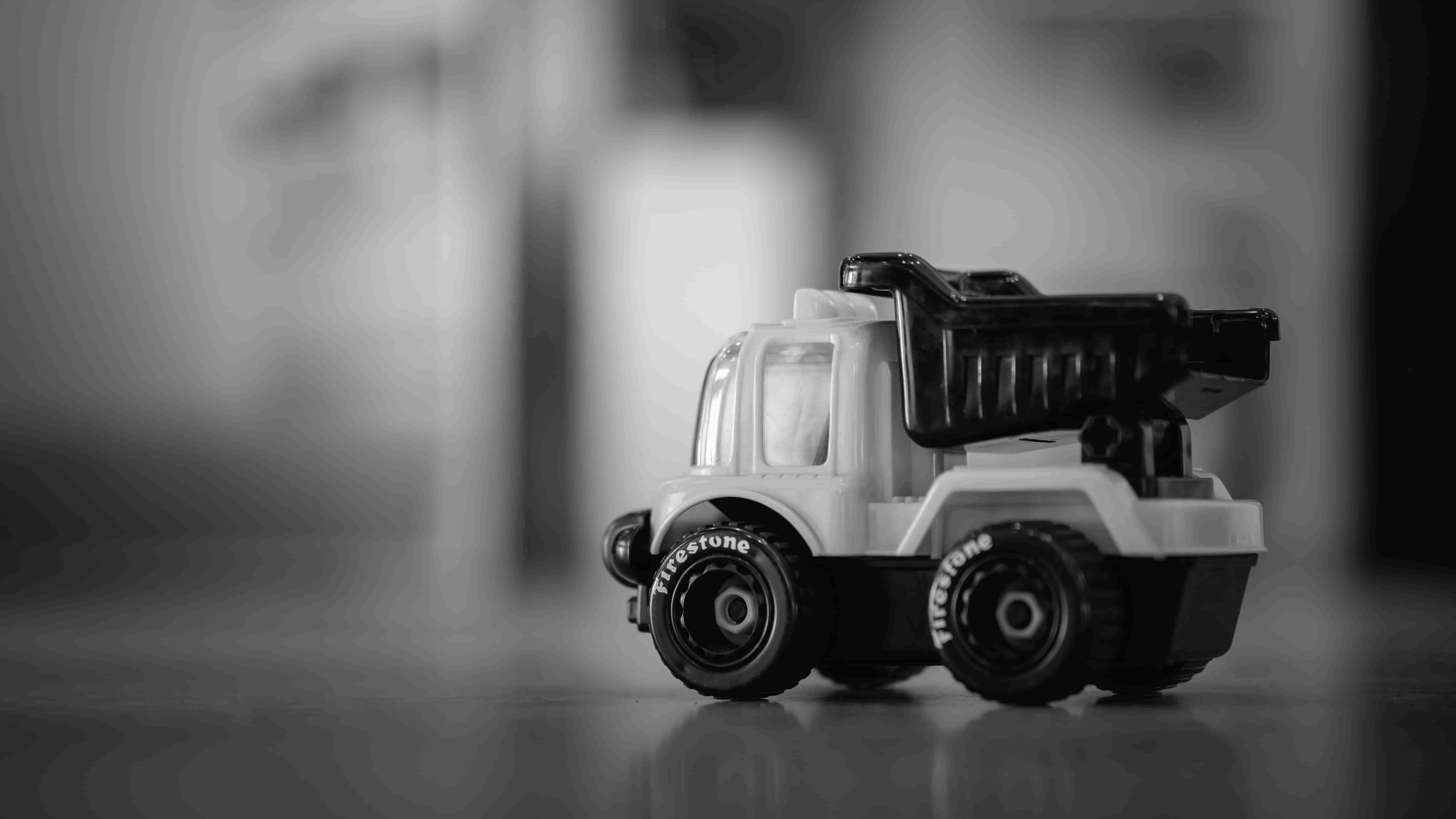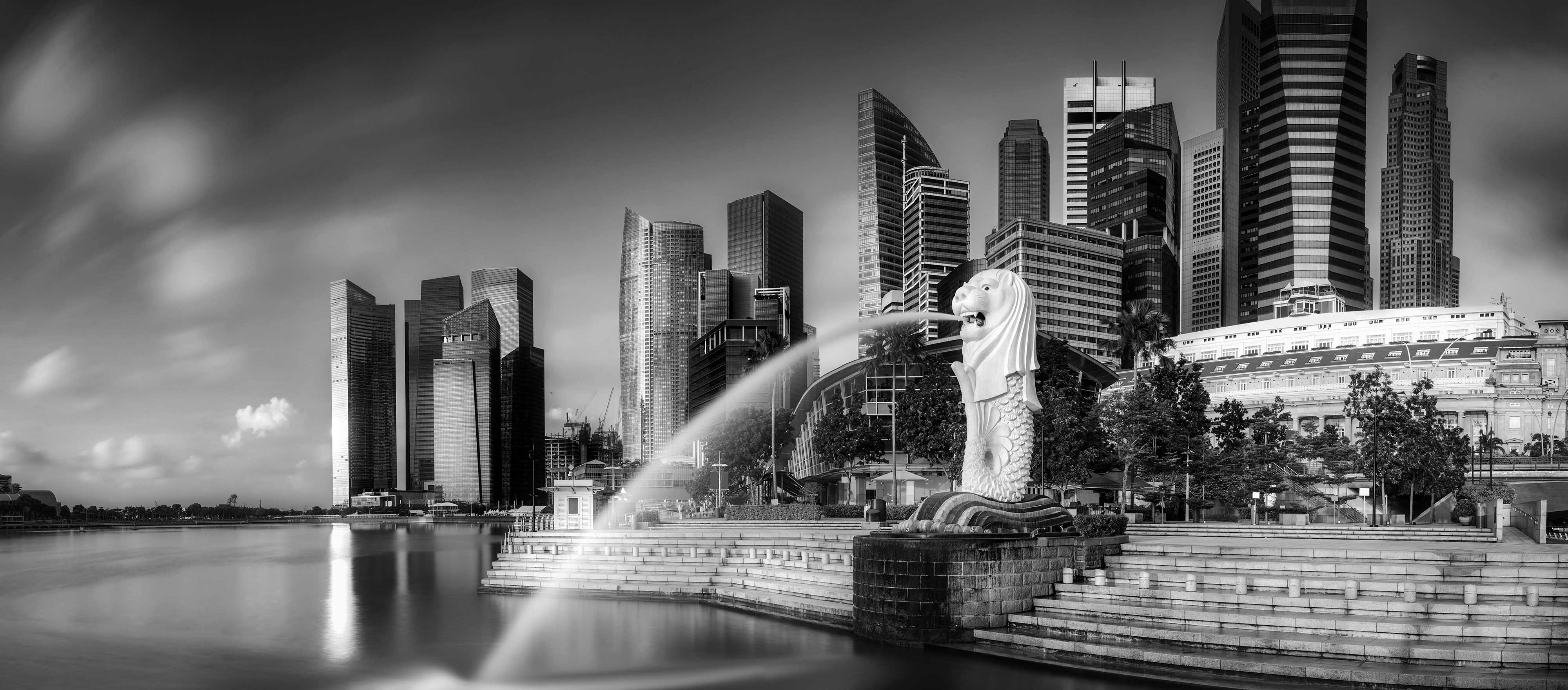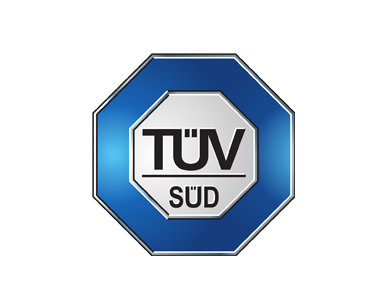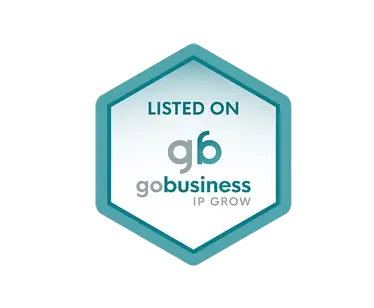A look at branding through the Superhero lens. Or should I say, X-Ray vision.
The Superhero Genre is a polarising one, filled with characters that are beloved enough to incite international debates. Who truly beats The Hulk in a tournament of strength? Is Christian Bale’s vocal fry in the Dark Knight trilogy unnecessarily silly or cool? Even if you’re not a self-proclaimed geek or even the occasional superhero-movie-goer, you can hardly deny the cultural presence a character like Batman has garnered and maintained since his debut in 1939.
Global brand awareness, community of superfans and timeless relevance? Sounds like any brand’s dream. Unsurprisingly, what made the world’s favourite superheroes who they are aren’t that different from the building blocks of a successful brand.
Superheroes Adopt Clear & Consistent Brand Identities
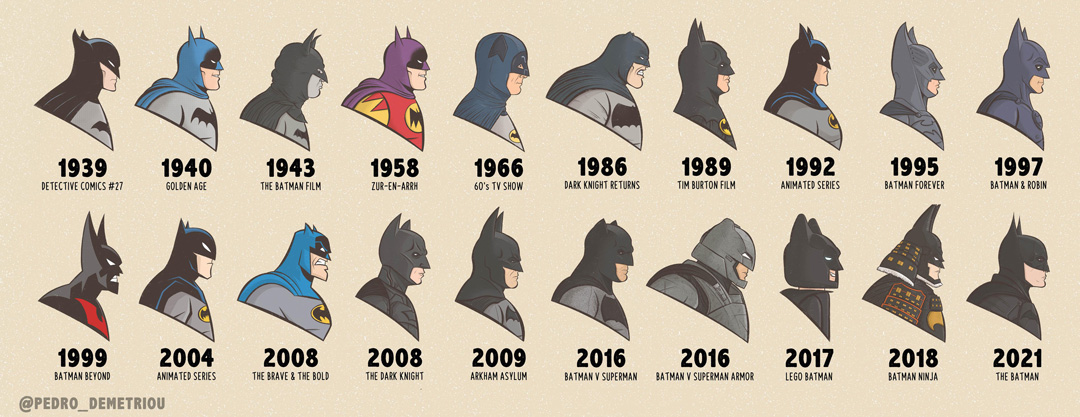
Who’s Batman without his cowl and pointy ears? And what happened in 1966?
Stealthy black with a dash of yellow. A star and stripes of red, white and blue. A bold red letter “S” in a pentagon. A yellow lightning bolt against a red background. Without naming them, I’m sure these descriptions conjured up the superheroes they refer to. The most memorable superheroes can even be identified just by their silhouette. One of the key ways to being memorable is defining a set of traits and sticking with it, even through iterations. That’s not to say that everything has to stay the same forever, but more on that later.
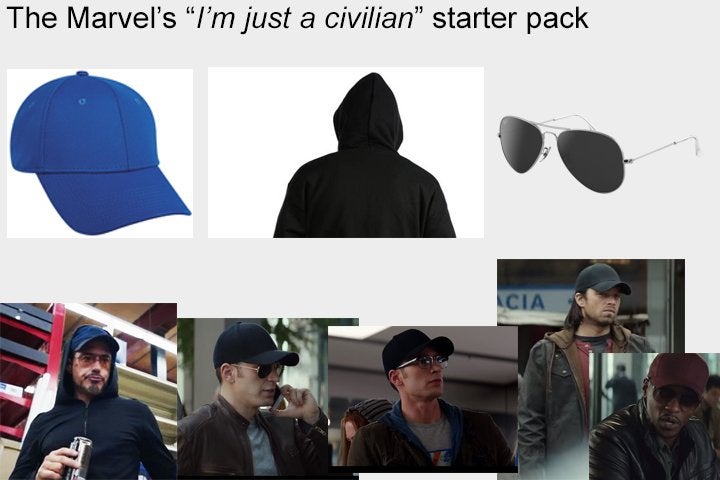
An example of non-distinctive brand visual language.
But hey, at least the cosplay costs won’t break the bank!
From emblem, to costume, to gear and weapon, effective character design of any superhero is served through a distinct and consistent visual language. It also goes without saying that colour plays a significant role in the audience’s brand recall. Case in point, Captain America possesses elements of his country’s flag in his brand identity system. They are reflected on his uniform, and even the shield is straight-up a physical manifestation of his emblem.
Similarly, long-standing brands like Coca-Cola stuck with its red script font, Nike with its swoosh, and National Geographic officially introducing its well-established yellow rectangle from their magazine covers into their brand identity system. And regarding Xiaomi’s well-trolled logo redesign, designer Kenya Hara really didn’t need to sell it this hard.
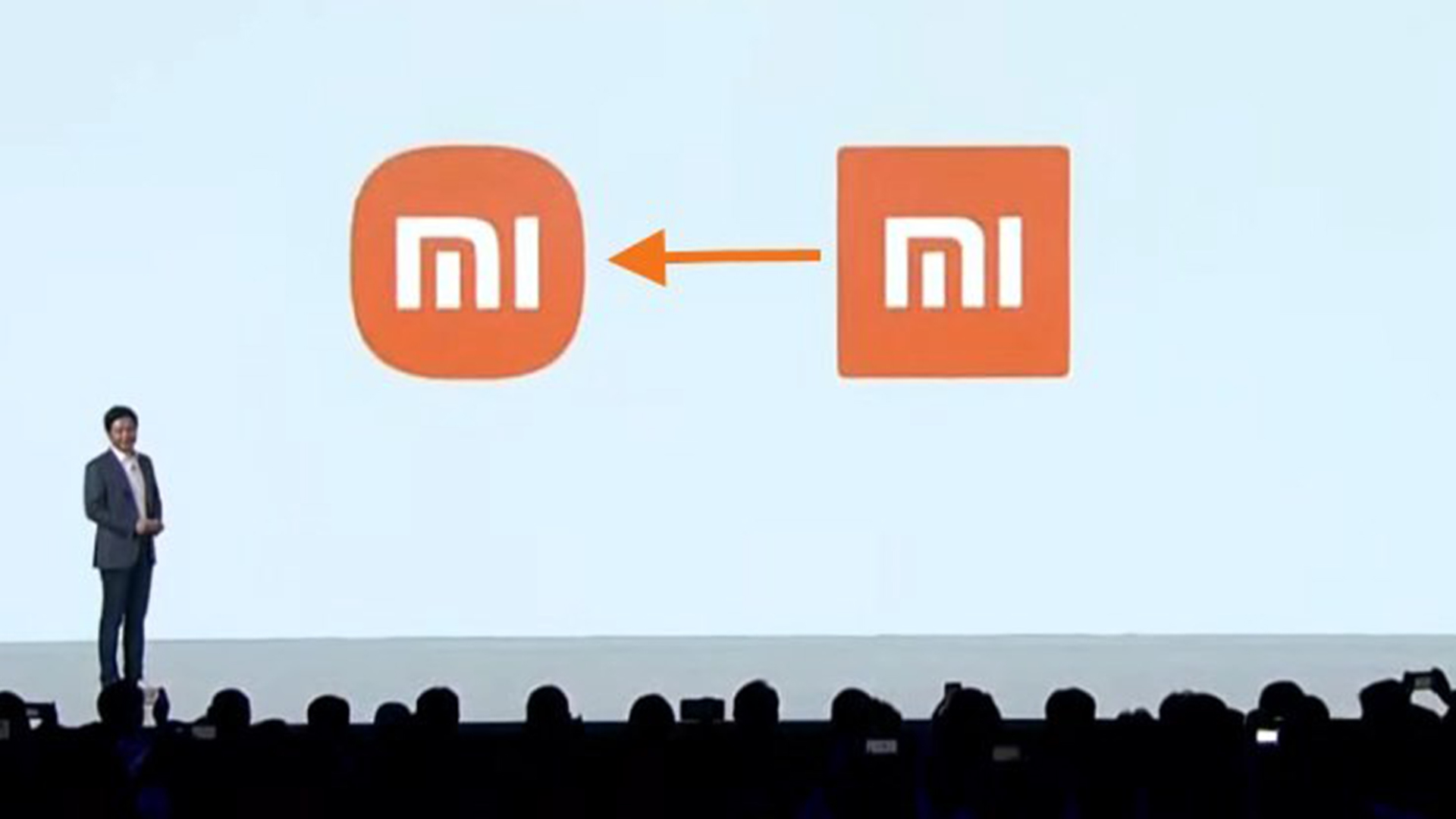
Believe it or not, there’s a roughly-700-word rationale behind Xiaomi’s 2021 logo refresh.
Superheroes Differentiate with Super Brand Positioning
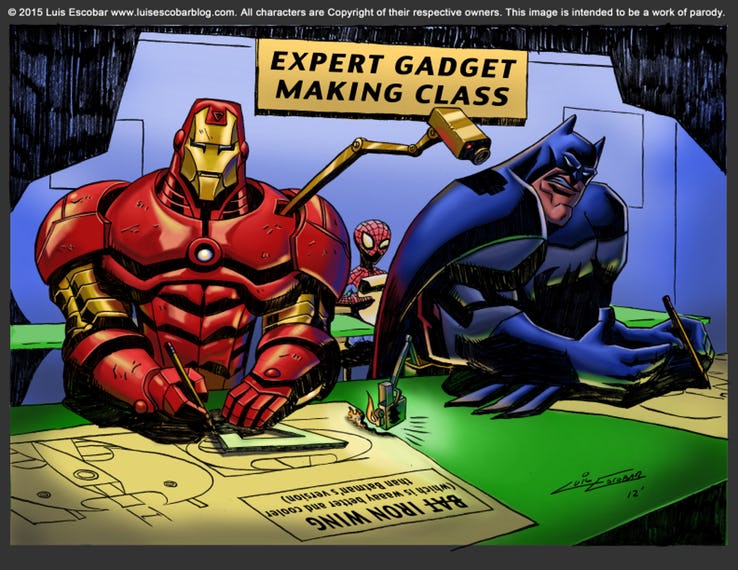
How do you tell two playboy billionaires with the same hobby apart?
Iron Man and Batman may both be rich superheroes devoid of superpowers, but putting aside their immense wealth and crazy toys, fans love them for different reasons. On one hand we have Iron Man, the self-proclaimed “genius billionaire playboy philanthropist” adored for the humour of his unabashed egomania and sarcasm, who funds and co-leads the Avengers. On the other we have Batman, revered for his grit on channeling his pain, albeit in a somewhat obsessive manner, as fuel for the mission to rid Gotham city of crime. Each of them has a super-strong brand positioning.
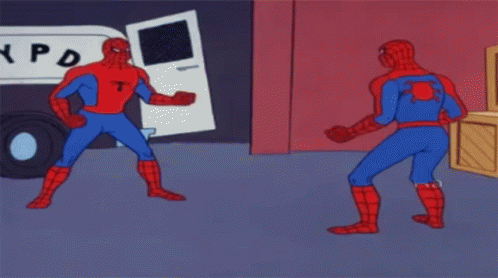
A brand shouldn’t make it difficult for the audience to tell it apart from its competition.
What makes a brand stand out from its competitors is a powerful magnet for customers. Effective brand positioning allows the brand’s message to break through the clutter of noise and reach its target audience with clarity. Take Apple for example; by being focused on its unique form factor and extremely user-friendly UI, Apple differentiated itself from its competition and has since been one of the fastest-growing brands in its market.
Superheroes Have Great Backstories
A superhero’s origin story usually informs the audience of how they gained their powers and continue saving the world. Enough of these stories have been created to reveal a common pattern as proposed in Joseph Campbell’s “Hero’s Journey”: a hero goes on an adventure, encounters and overcomes crisis, and returns changed or transformed.
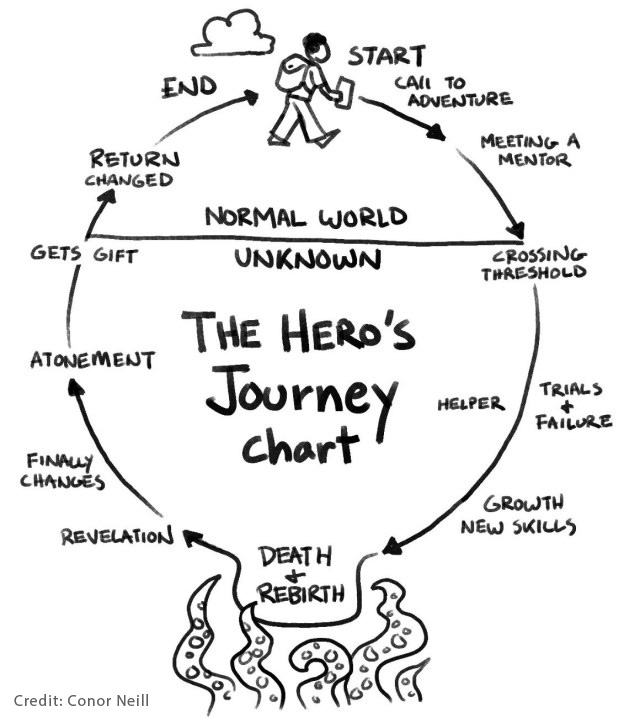
But if they’re so predictable and repetitive, it begs the question why superhero franchises have such a long history with generations of viewers having a different version of the same heroes they would identify as “theirs”. Each refresh would successfully attract a new wave of followers, while lifelong fans would readily embrace the refreshed superhero look. Whether it be to give praise, or tear it apart in declaration that the version they grew up with is still the best, matters less than the fact that both young and older audiences are engaging in discourse.
In itself, this is proof that well-told stories don’t fail. As well as a source of intrigue, both origin and brand stories place the audience alongside the heroes on their journey, inviting them to identify themselves in the heroes’ fears and motivations, and at their best, triggering emotions that would cause them to form an attachment to the brand personality. A successful brand story reflects and connects with the life experience of its target customers. It dives deeper beyond mere hype and skin-deep superheroes’ costumes.
Superheroes Know Their Mission & Vision
Underneath the capes, leotards and fancy powers, superheroes are embodiments of various societal values their creators wish to highlight. The Super Soldier serum in Captain America: The First Avenger works by making people more of what they already are. The same goes for superhero costumes. Diana Prince is the source of Wonder Woman’s moral code of truth and justice. Tony Stark single-handedly engineered his own pacemaker and Iron Man suit, and the same ingenuity propelled him to reiterate the suit further to fight villains. Point is that the drive came before the symbol. Their motivations and passion created the superheroes which the audience came to know and love.
A brand’s corporate strategies, consisting of core values, vision and mission statements should take precedence over any actionable decision. Nike briefly lost sight of its ethos in 2005, launching a line of eco-friendly walking boots—ironically named “Considered”—which was soon removed from market due to poor sales. On the flip side, it would be disingenuous, not to mention straight-up unethical, for a fast-fashion company to position itself as being environmentally friendly when a simple Google search would reveal how it has been misleading the public with half-hearted efforts.
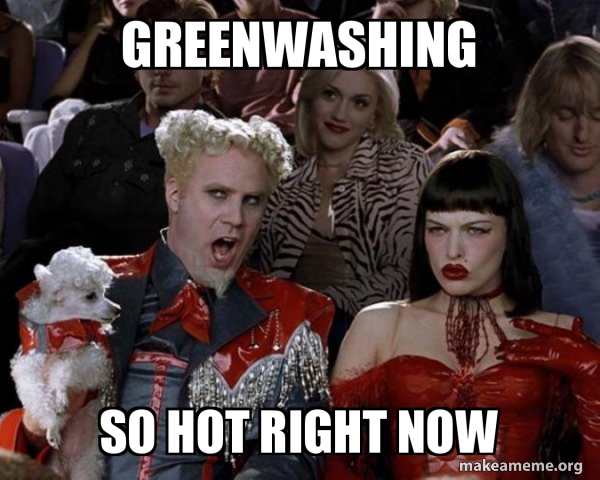
*cough*H&M*cough*
Superheroes Evolve But Keep Their Brand Values
Remember what you read earlier about being consistent? Here comes the caveat. There are many stories in the comic book universe wherein a superhero goes through a character arc that transforms them physically or otherwise, or even instances where a superhero’s mantle is taken over by a totally different character. The latter happened in 2021’s Marvel miniseries, The Falcon and The Winter Soldier. Steve Rogers had given up his shield and retired from his role as Captain America, leaving the nation with huge shoes to fill. While the more obvious choice would be his best friend and fellow superpowered human Bucky Barnes, the show’s creators instead chose Super-Soldier-serumless Sam Wilson to be the next Captain America.
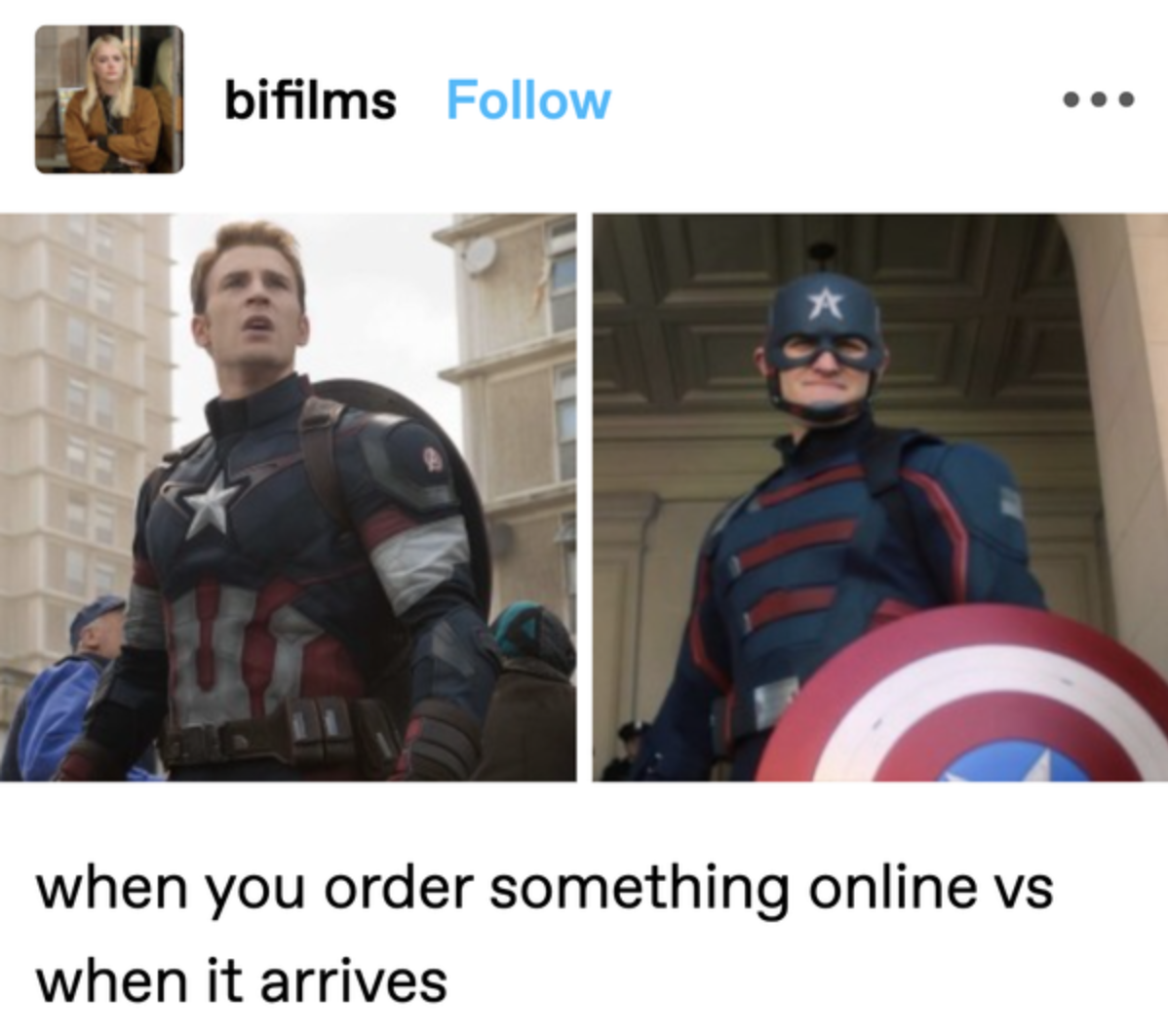
We shan’t even talk about John Walker.
In Chris Evans’ (former Captain America actor) words, it was “[Wilson’s] courage, loyalty, reliability over multiple [preceding] films” that ultimately solidified their decision. The man holding the shield may change, but it’s necessary that the symbol be a consistent guarantee of trust.
Changes are bound to and should actually happen, both in comic book characters and brands, as long as one’s defining attributes and core values, for the most part, remain. 1941’s Captain America who first appeared on Timely Comics (later renamed Marvel) amidst World War 2 shouldn’t be the same one on our screens today. He’s a symbol of American values and identity, which have evolved over time. Brands that shift, develop, even make mistakes, project a three-dimensional personality, depth and humanity—all things present in our favourite protagonists.
A brand can go through transformations, so long as it does not negatively alter the gut feeling it gives to their believers. It feels like a natural and well-intentioned progression for Patagonia to grow from selling outdoor-climbing gear (that does not physically damage rocks) to being an environmentally and socially responsible brand through initiatives focused on restoring the natural environment and giving back to the brand’s community of workers.
Superheroes Embrace Brand Evangelisation (and Hate)
I would argue that the apex superhero is not one with the most overpowered abilities, but one who can inspire so much passion in viewers that they wouldd make relentless attempts to get others on the bandwagon. For every additional movie ticket sold to a significant other being dragged to yet another Spiderman movie, that’s another small win for Spiderman. Even the fervour with which anti-fans would channel into hate-watching the disliked superhero counts for success.
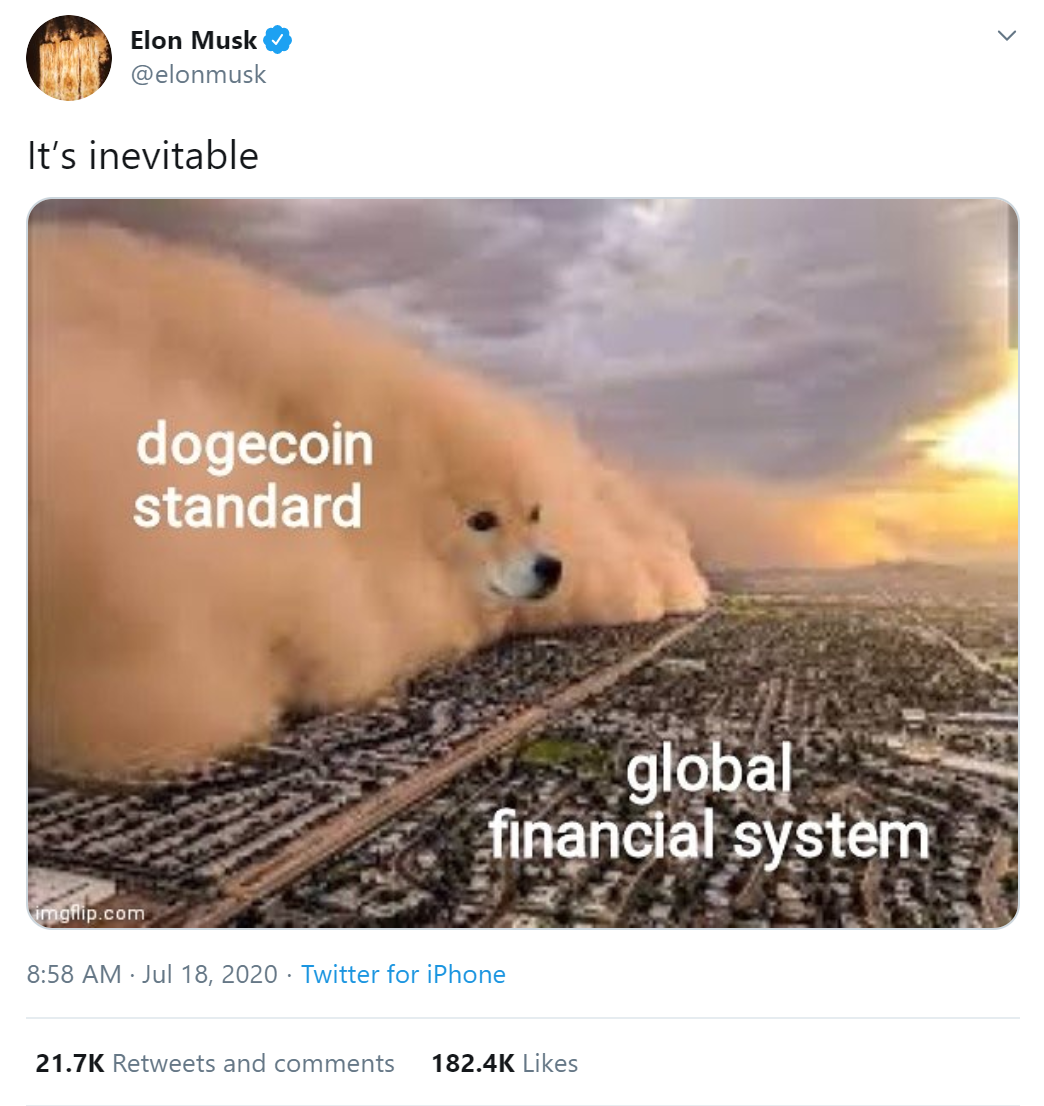
Brand evangelisation works the same way. Read about how Elon Musk, the self-anointed ‘Dogefather’, got more than a bunch of tech-bros on the supposed Dogecoin-rocket-to-the-moon by being its crypto-evangelist. Champions of brands are essentially missionaries who spread the brands’ gospel through the oldest and arguably still most effective form of advertising: word of mouth. And in Musk’s case, Twitter.
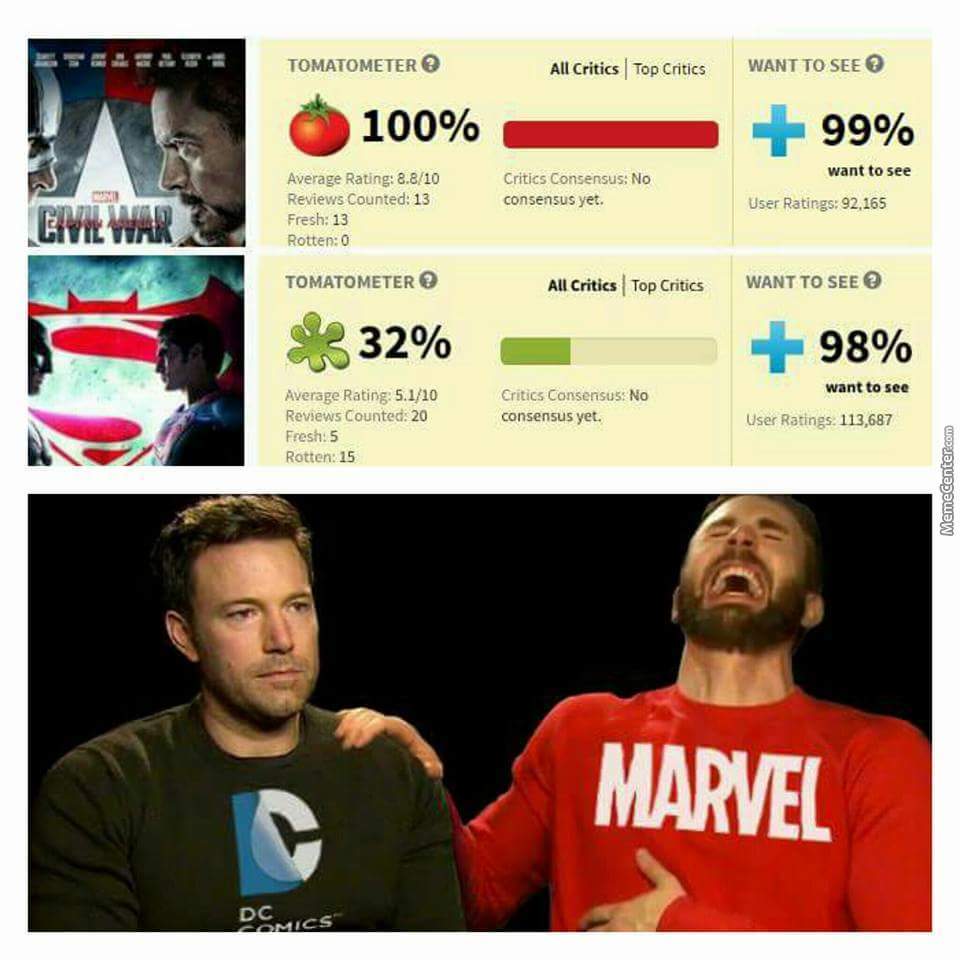
Back to superheroes. Sure, it’s mean-spirited to troll someone who genuinely likes Batman v Superman: Dawn of Justice, but all’s fair in love and (fan) war. Still, the next time you come across a viral Twitter spat between the 2 major studio fandoms, just sit back and rest in the knowledge that both DC and Marvel are cashing in on the haters who would “ironically” catch a movie only so they could mock it after. In a meta sense, DC and Marvel are parent brands to our beloved superheroes who are, after all, just sub-brands. Armed with their respective leagues of superpowered brands, true triumph lies in reaping the rewards even from anti-fans.
